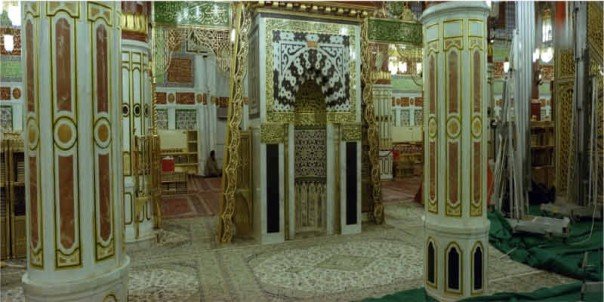Prophet’s Mosque and Rawdah
Published On Mar 31, 2021

The interior of the Prophet’s Mosque is remarkable, first and foremost, for the sheer crush of humanity. The crowds are noticeable, but not claustrophobia-inducing, in the main hallways of the men’s section of the prayer hall. The crowd becomes exponentially denser as you proceed into the Riyad al-Jannah, the part of the mosque between Ar-Rawdah and the Minbar or pulpit. Tradition has it that any prayer uttered in this area cannot be refused. The crush continues past Ar-Rawdah, which is the central part of the mosque in which Muhammad is buried. Despite Wahhabi issues with photography and modernity in general, the number of people means that it is nearly impossible for the guards to prohibit pilgrims from snapping pictures. The interior of the mosque is richly appointed along its capitals and some of the columns, but nothing to the point of counter-reformation church in Spain. This is largely thanks to Wahhabi doctrine, whose followers would have destroyed the Rawdah and Muhammad’s tomb, if given the chance. Much of the Ottoman-era ornamentation, however, did not escape this fate, and was removed when Madinah was passed to Al-Saud rule in 1925.